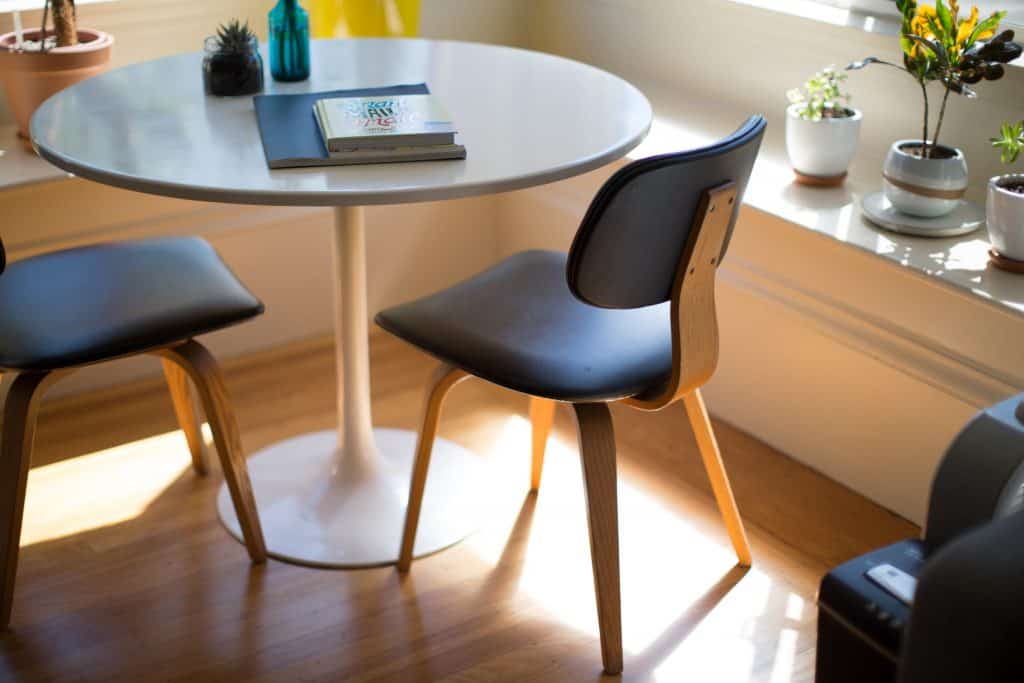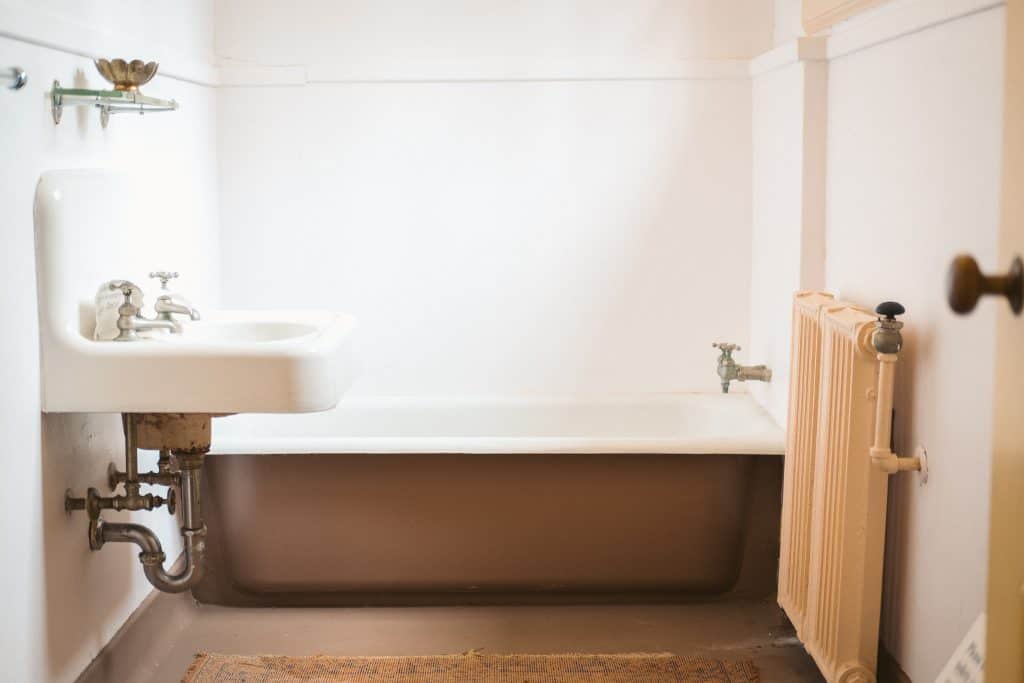It is easy to organize bills and mail and to keep the money clutter off your desk once you define your money system. A good “how I process my money” organization system establishes a place for all the different kinds of money clutter to go.
What is Money Clutter?
You might be wondering just how much money clutter is on your desk. The answer is more than you think. Money clutter includes all the paper bills to pay, receipts, reimbursements, gift cards, bank statements, health appointments, repairs appointments, opportunities, and of course, actual money. I have never met a desk that didn’t have money on it.
Beat Money Clutter with a System
A big part of getting organized is simply to define things.
- By defining a space, you create a physical boundary for certain things to live.
- By defining a system, you create the boundaries to get something done.
- By defining your goals, you create the boundaries for acquiring resources and fulfilling your potential.
Most of the money clutter piles up because you don’t know what to do with it.Defining a system and designating the spaces takes care of that. The knowledge of the workflow is what changes things, not the specific method.
Having a workspace that can support both the administrative and creative aspects of entrepreneurship and household management is key to your success, especially if you work at home, as many of my clients do.
Three easy-to-implement tips to create an efficient home office:
- Establish a dedicated workspace. A whole room is ideal. If you have to share the space, dedicate a side of the room or times of day that are for work. Even if it is only for part of the day, the table becomes the desk. Create portable systems that will keep your work neat and the desk easy to transform back into a table. Finding the report you need to send with spots that might be spaghetti sauce is a waste of time.
- Group your files by category. Just 3-4 categories will keep the papers you use handy and those you need accessible yet out of the way. I have active, ongoing, resources, and administrative as my categories. They are all stored in the office but in different locations. Finding the form you needed to fill out last Tuesday in the same pile you already looked through 3 times is a waste of time.
- Keep a central supply area away from your desk.Only keep items you use every day on or in your desk. Restock from your main supply area as needed. Consider how much backup you need in the first place. I’m still working through the 12 pack of paper clips I bought when I started More than Organized – almost 18 years ago. Finding several sticky note pads when all you need is a stapler is wasting your time.
Back to Money and Bill Organization
Money comes in, and then it goes out. There is some tracking and responsibility involved. There is waiting to process, an in-process, and an already-processed aspect to it. So, think through how that works for you.
Start by defining a space for moneyprocessingto happen in your home or office. It doesn’t matter where. Just that you stay consistent with it. The desk might be where you write the checks and do the reconciliation. But don’t forget to define where you will keep the materials and pieces of paper you need to process things.
The money processing space then needs some subdivisionfor it to work long-term. Think about where you keep the money, how you track your money, and how you store the proof that you paid for the important stuff.
Define Your Financial Routines
Think about how the money comes in.Income can be from checks, auto deposits, cash, or merchant accounts. For some of you, a simple twice-a-month review of the auto-deposit stub will be sufficient to keep on top of things. For others, it will be a daily recording of the amounts processed into your accounts. Create a space for the reports, either in a physical or digital file.
Now how does the money go out?Know when bills are due. Checks, credit, auto-payments, and cash all need to be recorded, tracked, and reconciled. What is your process for this? Do you have all your account information handy? Do you know how much money you spend? Create a filing system for the paid bills and statements.
Next, think about the actual method you use to track your money.There are all kinds of options. It doesn’t matter which one you use as long as you are consistent and the option has the features you need. Some allow more customization than others. Some work better with certain banks. Is it time for you to go completely digital?
Thinking through how you will track your money will help you keep the paper clutter from getting out of hand. Creating a workflowwill help you know where to keep the related paper and where you are in your process.
You will need to establish a spotfor these – they are bound to come up in your process somewhere:
- Bank and credit card statements
- Receipts – purchases to reconcile and tax-related items for large purchases (You can toss the rest).
- Investment tracking
- Current year file for accounts and policies
- Tax archive
Streamline Your Bill-Paying
While it is impossible to go entirely paperless in paying bills quite yet, you can get close. Even if companies don’t send statements via e-mail, you can manage accounts and use online bill paying. You’ll save time by sorting less mail, hunting for your bills, writing checks, and searching for stamps.
Get organized by setting up a bill-paying center. Once set up, most people can manage their household finances in about 30 minutes a month, including balancing the checkbook. All you need is a designated spot, your checkbook, and a notebook of your liking. Put all bills in this place as they come in.
Use a simple notebook with a page for each account. There, record contact information, account numbers, and which charges are paid to and from it. Also, record the amounts of payments, due dates, passwords, and any other pertinent data regarding the account.
Mirror this system in your e-mail program by setting up a “bills to pay” folder. Delete them as you pay, so only the ones still needing action are there. While you are at it, make a second one for “bills paid” to accumulate the confirmations.
Once a week, sit down with your checkbook and record the items due that week. Write the checks or click to pay, record auto-payments, and reconcile your accounts.
Set up auto-payments with a credit card (earning rewards) and then just make one payment to the card. Imagine only one bill to pay! Think fewer accounts in the first place by consolidating credit cards and bundling utilities where possible.
Each week convert 2-3 of your accounts to paperless options. Use auto-pay wherever possible, and set up online statements for what is left. Within a couple of months, you will be done.
Spend Smart to Control Your Financial Clutter
The last thing that will simplify your money systemis to plan how you spend your money. Having good decision criteria for purchases will keep you from having too many receipts and, therefore, transactions to reconcile in the first place.
Four Ways to Spend Smart
- Decide on Quality over Quantity– Longer lasting. Look at materials and construction rather than a label. When things last longer, they need to be replaced less often. That results in fewer overall trips to the store.
- Define Your Favorites– When you know what to expect, it is much easier to budget your time and money. By simply stating that one brand is your personal preference, you will be more likely to skip over temptations and look for the stock up when it’s on sale, opportunities. You will also know exactly where to find it. No running all over town.
- Know Your Current Activities– Have just what you need. This is another easy method for saying no to extra stuff. No need to buy 3 pairs of running shoes if your current passion is yoga.
- Define Your Financial Routines– Maximize your money. Having a routine for your bill paying and budget will help you avoid paying late fees, emergency spending and allows you to take advantage of savings opportunities.
Once a plan has been established, it will only take you a few minutes a week to organize bills and mail, and keep the money clutter off your desk. It will be clear to do your real work.
Are you ready to Organize Your Money?
Stop feeling unsure about your financial wellbeing.
Work with Miriam and learn more techniques to align your relationship with money for the rest of your life.



